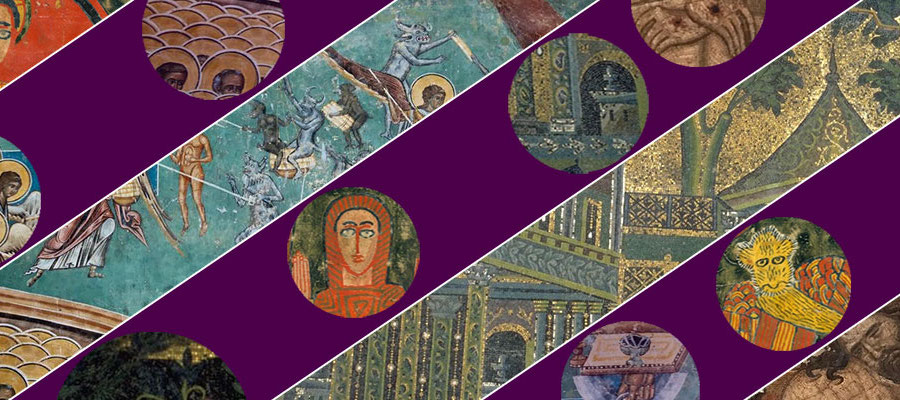Byzantine Art as a Global Endeavor
This session investigates the near global peregrinations and permutations of Byzantine art. The Byzantine “influence” on western European medieval art was a central debate in the mid- twentieth century, when style was the primary criterion for the definition of an artistic tradition, and the dissemination of style—as tracked through formal analysis and comparison—was a major research question for medieval art historians. Indeed, the Byzantine pictorial sources for Romanesque Art was one of the topics of the inaugural lectures of Dumbarton Oaks, the premier North American research center for Byzantine Studies. But the precise parameters of these Byzantine sources were, and remain, far from clear. Much of our understanding of “Byzantine art” comes from evidence primarily outside or at the fringes of the Empire’s ever-shifting political boundaries.
This session reassesses definitions of “Byzantine art.” Can it be defined by a set of stylistic features? And would such a definition remain meaningful today given that the discipline’s investments have shifted far beyond formal concerns to encompass a wide range of socio-historical questions that prompt us to investigate the intentions and meanings behind these forms, only some of which were produced in Byzantium or by Byzantine artists and patrons? Should the political borders of Byzantium dictate the identity of “Byzantine” art? What is lost and gained when a political-geographic criterion is dismissed? In pursuing these questions and more, the session features four papers addressing the engagement with Byzantine visual idioms in Umayyad Syria-Palestine and late medieval Ethiopia, Rome, and Moldavia.
